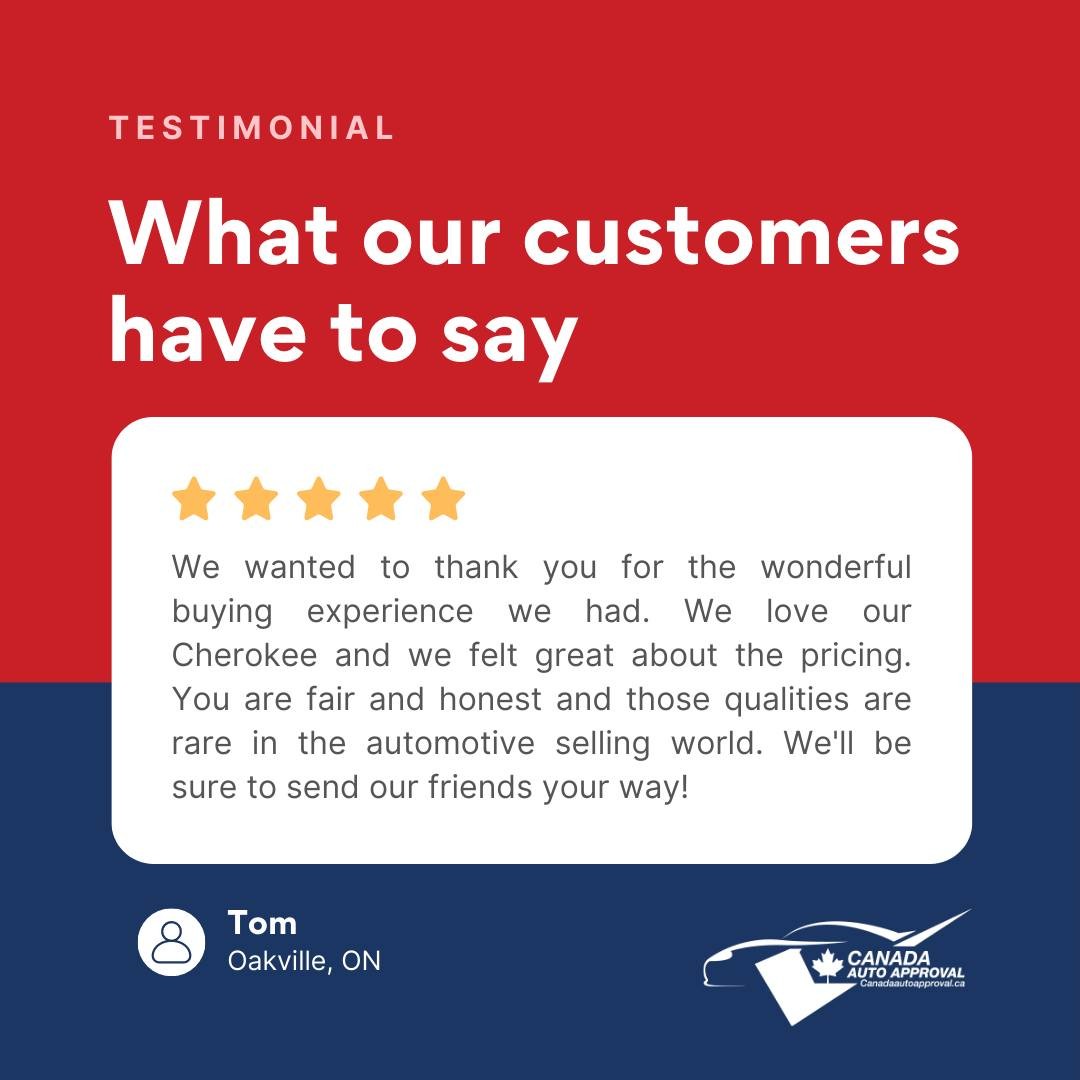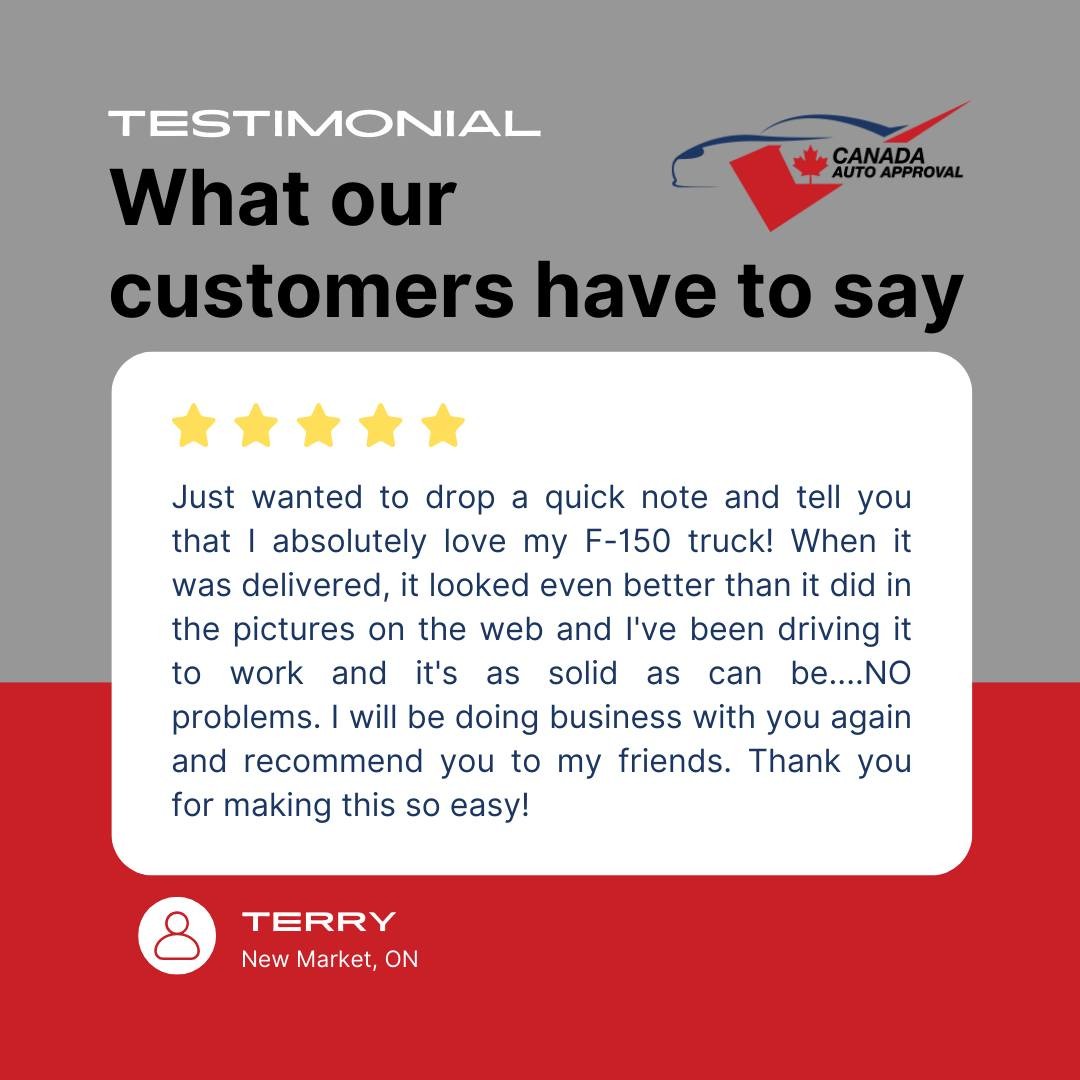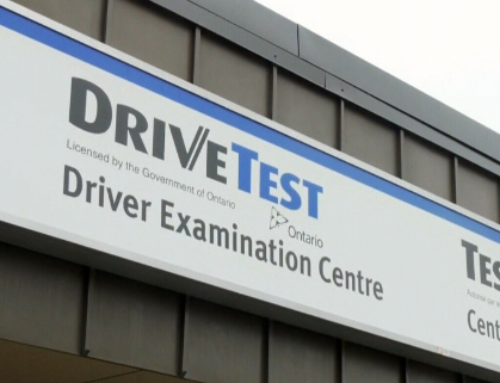Purchasing a used car can be a smart and cost-effective decision, but it requires careful consideration and preparation, especially in Ontario where the market is diverse and regulations are stringent. This guide will walk you through the essential steps to ensure you get the best deal on a used car in Ontario.
Step 1: Determine Your Budget
Before you start browsing listings or visiting dealerships, it’s crucial to establish a clear budget. Consider not just the purchase price, but also the ongoing costs of ownership such as insurance, maintenance, fuel, and registration fees.
Tips for Budgeting:
- Assess Your Finances: Look at your savings, monthly income, and expenses to determine how much you can afford to spend on a car.
- Consider Financing Options: If you plan to finance your purchase, calculate how much you can afford in monthly payments. Many financial institutions offer online calculators to help you understand your potential loan terms.
- Include Extra Costs: Don’t forget to factor in additional costs such as sales tax, licensing, and potential repairs or upgrades the vehicle might need after purchase.
Step 2: Research the Market
Once you have a budget, start researching the types of cars that fit within your price range. Consider your needs such as size, fuel efficiency, and intended use (e.g., daily commuting, family trips, etc.).
Research Tips:
- Use Online Resources: Websites like AutoTrader, Kijiji, and CarGurus allow you to filter searches based on various criteria, making it easier to find cars that meet your requirements.
- Read Reviews: Look for reviews and ratings of the models you’re interested in. Consumer Reports and online forums can provide valuable insights into common issues and the overall reliability of different vehicles.
- Compare Prices: Check the prices of similar models to ensure you’re getting a fair deal. This can also give you leverage when negotiating with sellers.
Step 3: Check the Vehicle’s History
A vehicle history report can provide critical information about a car’s past, including previous accidents, ownership history, and whether it has been reported stolen.
How to Obtain a Vehicle History Report:
- VIN Number: Obtain the Vehicle Identification Number (VIN) from the seller. This 17-digit number is usually found on the dashboard near the windshield or on the driver’s side door frame.
- Use Trusted Services: Services like Carfax Canada or AutoCheck provide detailed vehicle history reports. These reports are worth the investment as they can reveal hidden issues that could affect the car’s value or safety.
- Verify Mileage: Ensure the mileage on the report matches the car’s odometer. Discrepancies could indicate odometer tampering.
Step 4: Inspect the Car
Even if a car looks great in photos and has a clean history report, a thorough inspection is crucial. You can either do this yourself if you’re knowledgeable about cars or hire a professional mechanic.
DIY Inspection Tips:
- Exterior Check: Look for signs of rust, dents, or mismatched paint. Check that all lights and signals work properly.
- Interior Check: Inspect the seats, dashboard, and carpets for wear and tear. Ensure that all electronic systems like the air conditioning, audio system, and windows function correctly.
- Under the Hood: Check the engine for leaks, corrosion, and worn belts. Ensure fluid levels (oil, coolant, brake fluid) are adequate and clean.
- Test Drive: Always test drive the car. Pay attention to how it handles, any unusual noises, and the performance of the brakes and acceleration.
Professional Inspection:
Hiring a mechanic for a pre-purchase inspection can provide peace of mind. They can spot potential issues that you might miss and give you an idea of any upcoming maintenance needs.
Step 5: Negotiate the Price
Negotiating can be intimidating, but it’s a normal part of buying a used car. Armed with your research and inspection results, you can approach this step confidently.
Negotiation Tips:
- Start Low: Begin with a lower offer than your maximum budget to give yourself room to negotiate.
- Point Out Issues: Use any issues identified during your inspection to justify a lower price.
- Be Prepared to Walk Away: If the seller is unwilling to negotiate to a fair price, don’t be afraid to walk away. There are plenty of cars on the market.
Step 6: Arrange Financing
If you’re not paying cash, you’ll need to arrange financing. Compare loan options from different banks, credit unions, and the dealership itself to find the best interest rates and terms.
Financing Tips:
- Pre-Approval: Getting pre-approved for a loan can streamline the buying process and give you a clear idea of what you can afford.
- Understand the Terms: Ensure you fully understand the loan terms, including the interest rate, repayment period, and any fees.
- Loan Calculator: Use an online loan calculator to see how different loan amounts, interest rates, and terms will affect your monthly payments.
Step 7: Complete the Paperwork
Once you’ve agreed on a price and arranged financing, it’s time to complete the necessary paperwork. This includes the bill of sale, transfer of ownership, and any loan documents.
Paperwork Checklist:
- Bill of Sale: This document should include the sale price, VIN, make and model of the car, and the names and addresses of both the buyer and seller.
- Transfer of Ownership: You’ll need to complete this with the Ministry of Transportation. Both parties must sign the back of the vehicle registration permit.
- Safety Standards Certificate: Required to transfer ownership in Ontario. Ensure the seller provides this certificate, which confirms the vehicle meets Ontario’s minimum safety standards.
- Used Vehicle Information Package (UVIP): This package, required in Ontario, provides information about the vehicle’s history and is necessary for the transfer of ownership.
Step 8: Register and Insure the Car
Before you can legally drive your new car, you must register it in your name and obtain insurance.
Registration:
- Visit a ServiceOntario Centre: Bring the completed bill of sale, safety standards certificate, and the transfer portion of the vehicle registration permit.
- Pay the Fees: You’ll need to pay for the registration and license plates if you don’t already have plates to transfer.
Insurance:
- Shop Around: Compare quotes from different insurance providers to find the best rate.
- Provide Documentation: You’ll need to provide your new vehicle’s details, your driver’s license, and any other required information to your insurance provider.
- Proof of Insurance: Obtain proof of insurance before driving your new car.
Step 9: Pay Attention to After-Sales Care
Purchasing a used car doesn’t end once you drive off the lot. Ensuring your car remains in good condition requires regular maintenance and care.
After-Sales Tips:
- Follow Maintenance Schedule: Adhere to the manufacturer’s recommended maintenance schedule to keep your car in optimal condition.
- Keep Records: Maintain detailed records of all maintenance and repairs. This can be helpful if you decide to sell the car in the future.
- Stay Informed: Keep an eye out for any recalls or service bulletins related to your vehicle model.

















